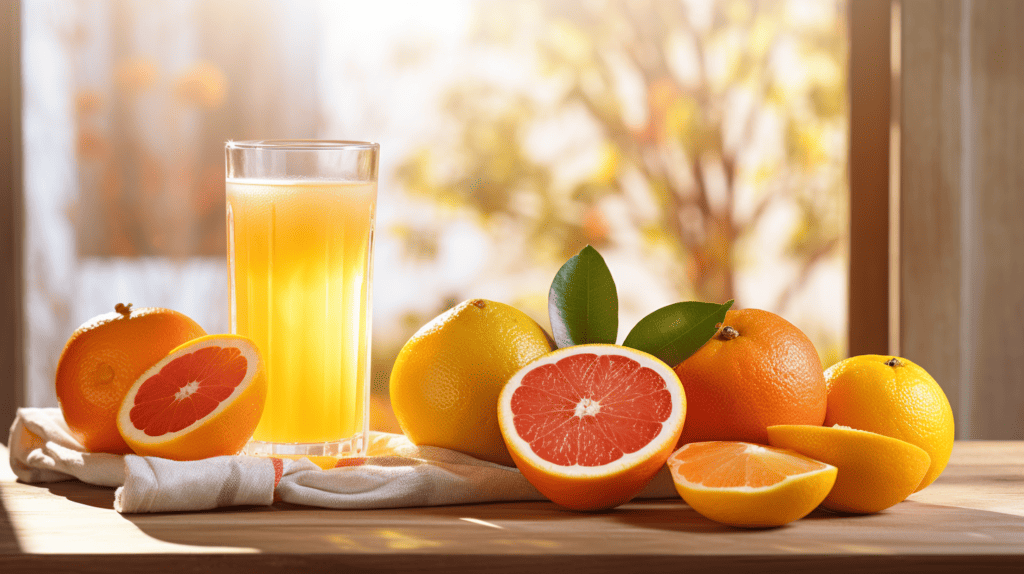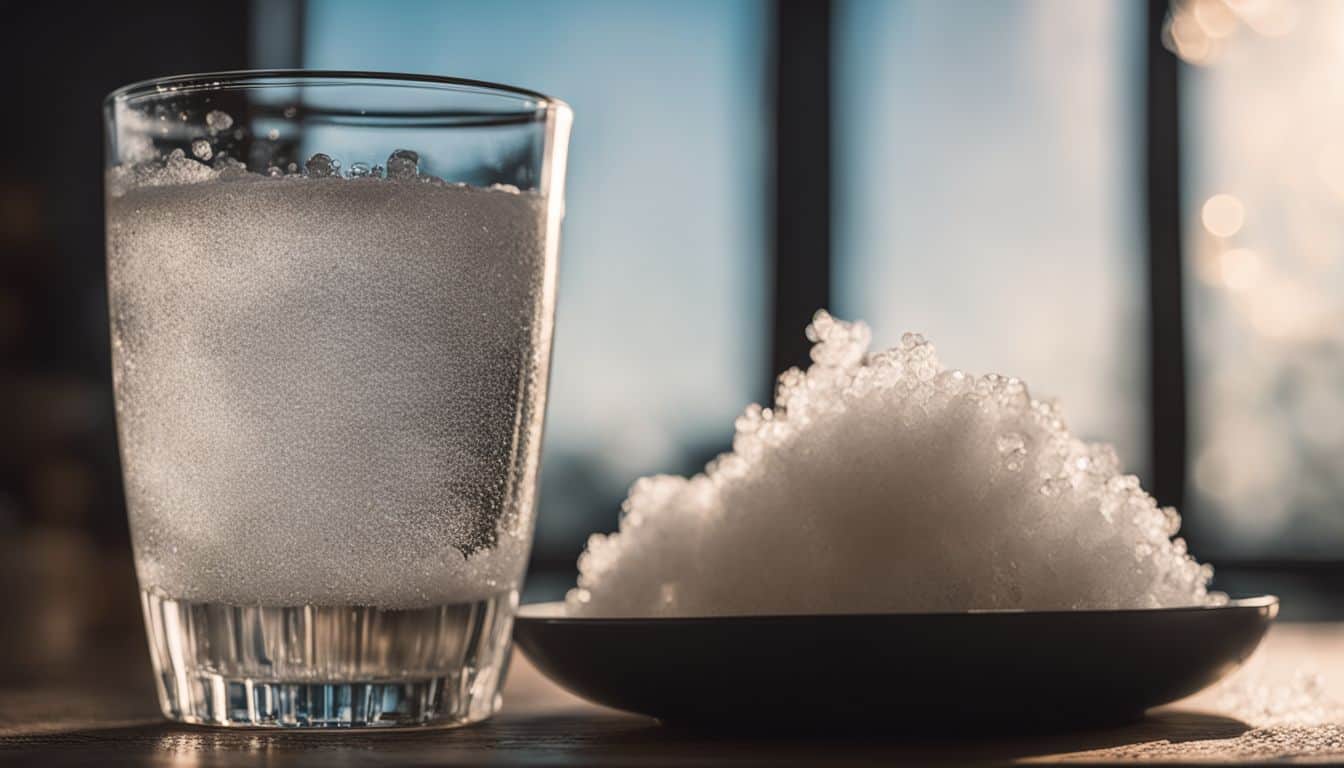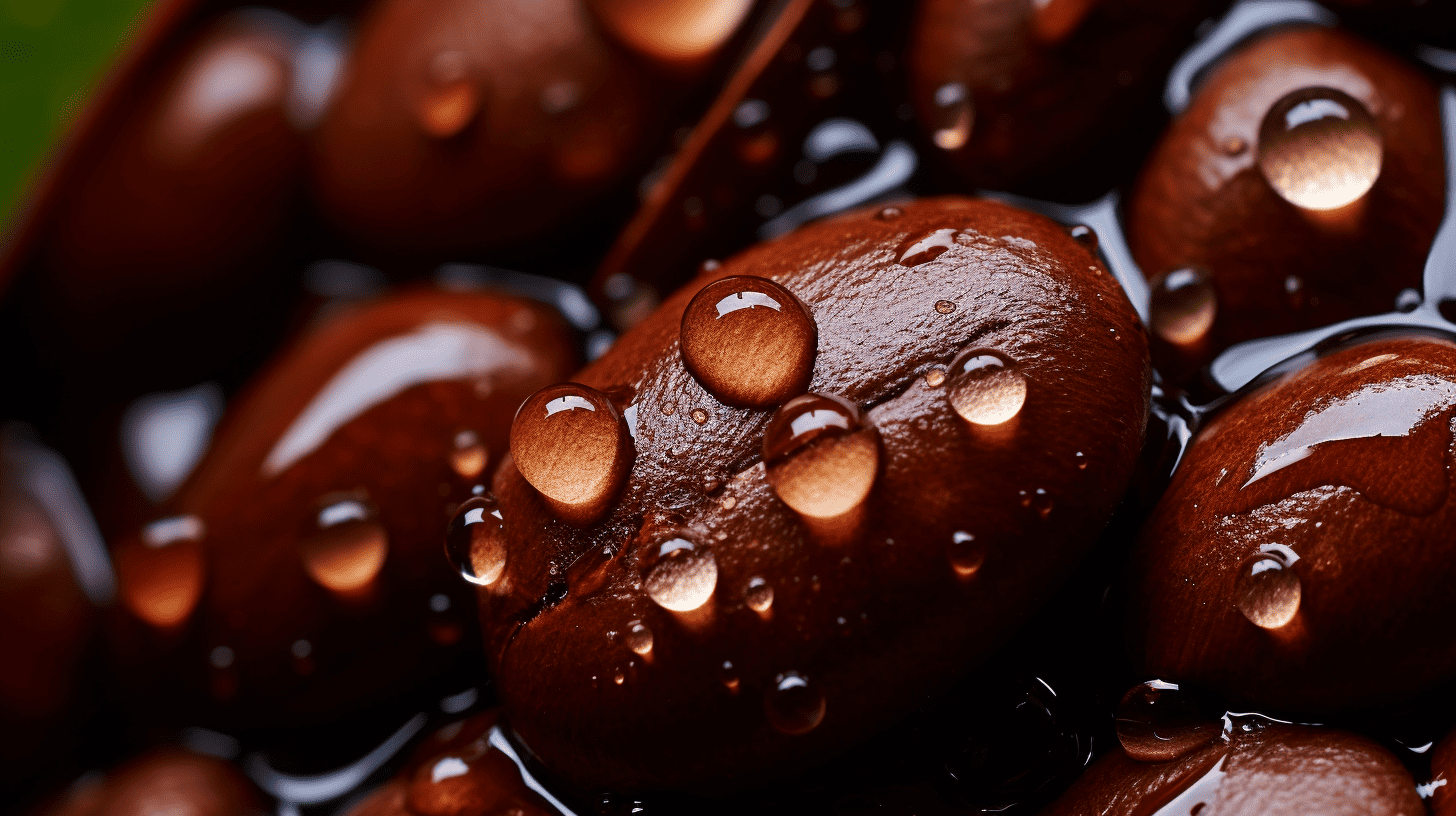You’ve probably come across an intriguing question: is sugar water homogeneous or heterogeneous mixture? Having pondered over this myself, and conducting ample research to quench my curiosity (fact: Sugar water is commonly used in cooking and baking), I can assure you we’re on the same page.
This enlightening piece will offer comprehensive insights about sugar water’s nature- whether it’s a uniform composition or one with visible disparities. Ready for some sweet science? Let’s stir things up!
Key Takeaways
- Sugar water is a homogeneous mixture because the sugar particles are evenly distributed throughout the water.
- In a homogeneous mixture, like sugar water, there is no visible separation of components.
- Homogeneous mixtures have a uniform composition and do not show any visible separation of their components.
- Other examples of homogeneous mixtures include saltwater, air, vinegar, and lemonade.
Definition of Homogeneous and Heterogeneous Mixtures
A homogeneous mixture is a combination of substances that has a uniform composition, meaning the components are evenly distributed. On the other hand, a heterogeneous mixture is made up of different substances that are not evenly distributed and can be seen as separate phases or components.
Homogeneous mixture
A homogeneous mixture is simple. It means everything is spread out the same way. Think about sugar water. The sugar and water mix well together. You can’t see where the sugar ends or starts in the water.
Each sip has the same sweet taste because of it being a homogeneous mixture!
Heterogeneous mixture
In a heterogeneous mixture, the components are not evenly distributed throughout. This means that you can see different parts or phases in the mixture. For example, if you mix sand and oil together, you will be able to see separate layers of sand and oil.
Other examples of heterogeneous mixtures include salad dressing and trail mix. Unlike homogeneous mixtures, where everything seems to blend together perfectly, heterogeneous mixtures have visible differences between their components.
Is Sugar Water Homogeneous or Heterogeneous?
Sugar water is considered a homogeneous mixture because the sugar molecules dissolve uniformly in the water, resulting in a solution with no visible separation of components.
Explanation of why sugar dissolves in water
When sugar is added to water, it dissolves. This happens because of the attraction between the water molecules and the sugar molecules. The water molecules are able to surround and break apart the sugar crystals, causing them to separate into individual particles.
These particles then become surrounded by water molecules, forming a solution. As a result, we cannot see the sugar anymore, as it has become evenly distributed throughout the water.
This process is called dissolution and it allows us to make sweet drinks like coffee or tea by adding sugar to them!
Sugar water as a homogeneous mixture
A sugar solution, like sugar water, is a type of homogeneous mixture. This means that the sugar particles are distributed evenly throughout the water. When you mix sugar and water together, the sugar molecules dissolve in the water molecules.
You can’t see or separate the sugar from the water because they have blended together so well. In a sugar-water solution, there is no visible separation between the two components.
The homogeneous nature of this mixture allows for a consistent taste and sweetness throughout. That’s why we use it as a sweetening agent in cooking and baking!
Characteristics of Homogeneous Mixtures
Homogeneous mixtures have a uniform composition and do not show any visible separation of their components.
Uniform composition
A homogeneous mixture, like sugar water, has a uniform composition throughout. This means that the sugar particles are evenly distributed in the water and you can’t separate them easily.
When you look at sugar water, you won’t see any visible separation of the sugar or water. It’s all blended together to create a seamless liquid mixture. Other examples of homogeneous mixtures include saltwater and vinegar.
They also have a consistent composition throughout, with no visible differences between the substances they contain. So when you make your coffee sweet by adding some sugar to it, remember that you’re creating a homogeneous blend where the sweetness is spread uniformly in every sip!
No visible separation of components
In a homogeneous mixture like sugar water, there is no visible separation of components. This means that the sugar particles are evenly distributed throughout the water and cannot be distinguished from each other.
Unlike in a heterogeneous mixture, where you can see different substances separate from one another, in sugar water everything blends together so well that it looks like one uniform liquid.
This is why when you dissolve sugar in your coffee or tea, you don’t see any grains or clumps floating around – it’s all blended together perfectly!
Examples of other homogeneous mixtures
Here are some other examples of homogeneous mixtures:
- Saltwater: The salt is evenly distributed throughout the water, resulting in a uniform composition.
- Air: The different gases in the air, such as oxygen and nitrogen, are well-mixed and cannot be easily separated.
- Vinegar: The acetic acid in vinegar is uniformly mixed with the water, creating a homogeneous mixture.
- Lemonade: When sugar and lemon juice are dissolved in water, they create a homogeneous mixture where all components are evenly distributed.

Characteristics of Heterogeneous Mixtures
– Heterogeneous mixtures have a non-uniform composition, meaning that their components are not evenly distributed throughout the mixture.
– In these mixtures, there is visible separation of the different components, such as oil and water or sand and water.
– Other examples of heterogeneous mixtures include salad dressing, granite rock, and soil.
Non-uniform composition
In a sugar-water solution, the composition is not uniform. This means that the sugar particles can settle out over time, which results in a non-uniform mixture. Unlike homogeneous mixtures where the components are evenly distributed and cannot be distinguished, in a heterogeneous mixture like sugar water, there is visible separation of components.
Therefore, if you leave a glass of sugar water sitting for some time without stirring it, you may notice that the sugar particles settle at the bottom of the container. This non-uniformity is one of the characteristics of heterogeneous mixtures like sugar water.
Visible separation of components
In a heterogeneous mixture, like oil and water or sand and water, the different components can be seen because they don’t mix together completely. They separate into layers or settle at the bottom.
However, in a homogeneous mixture, such as sugar water, there is no visible separation of the components. The sugar particles dissolve evenly throughout the water, creating a uniform blend where you can’t tell them apart.
So when you look at a glass of sugar water, you won’t see any obvious signs of separation between the sugar and the water.

Examples of other heterogeneous mixtures
Some examples of other heterogeneous mixtures include:
- Salad dressing: Salad dressings typically consist of oil and vinegar, which do not mix together. The oil floats on top of the vinegar, creating a visible separation of components.
- Trail mix: Trail mix is a combination of various dried fruits, nuts, and chocolates. These ingredients are mixed together but may not distribute evenly throughout the mixture.
- Granite: Granite is a type of rock that is composed of different minerals such as quartz, feldspar, and mica. These minerals are unevenly distributed throughout the granite, resulting in a non-uniform composition.
- Soil: Soil is made up of a mixture of organic matter, minerals, water, and air. It contains particles of different sizes and types, making it a heterogeneous mixture.
- Pizza: A pizza can be considered a heterogeneous mixture due to its various toppings such as cheese, sauce, vegetables, and meat. These toppings are not uniformly distributed across the pizza surface.
- Orange juice with pulp: Orange juice with pulp contains small pieces or fibers from the orange fruit. The pulp does not dissolve in the liquid but remains visibly separate within the juice.
Conclusion on Is Sugar Water Homogeneous Or Heterogeneous
Sugar water, also known as a sugar solution, is considered a homogeneous mixture because the sugar particles are evenly distributed throughout the water. This means that it looks the same no matter where you look in the solution.
The homogeneous nature of sugar water allows for consistent taste and sweetness throughout. So next time you enjoy a sweet treat or make a delicious dessert, remember that the sugar dissolved in your drink or recipe forms a homogeneous blend with the water!
Is Coffee Also Considered Homogeneous or Heterogeneous?
Coffee composition and its surprising truth can determine whether it is considered homogeneous or heterogeneous. While coffee beans may have variations in size and density, the brewing process often leads to a more homogeneous liquid. However, the presence of dissolved compounds, such as oils and acids, can create micro-level heterogeneity. Ultimately, the classification depends on the specific attributes analyzed.
FAQs on Is Sugar Water Homogeneous Or Heterogeneous
1. Is sugar water homogeneous or heterogeneous?
Sugar water is a homogeneous mixture because the sugar molecules are evenly distributed throughout the water, creating a uniform composition.
2. Can you see the sugar particles in sugar water?
No, you cannot see the individual sugar particles in sugar water as they are dissolved at a molecular level and do not separate or settle.
3. Does sugar sink to the bottom of water?
No, when you dissolve sugar in water, it does not sink to the bottom but rather forms a solution where the sugar molecules spread evenly throughout.
4. Why is it important to know if sugar water is homogeneous or heterogeneous?
Understanding whether sugar water is homogeneous or heterogeneous helps us identify its properties and behavior. It also allows us to better understand how substances mix and interact with one another.





Leave a Reply